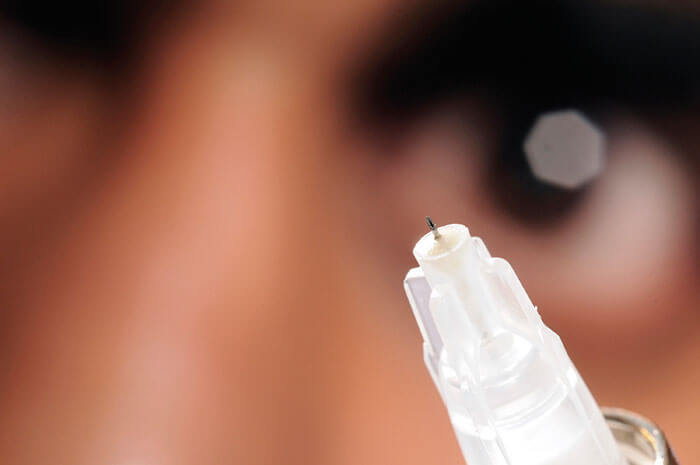
Unless you disrupt the skin, transdermal drug delivery is restricted to compounds that can diffuse across the lipid-rich skin barrier. And the classic way of disrupting the skin is with a hypodermic needle – and also one that most people prefer to avoid. Microneedles, however, make the transdermal drug delivery route accessible to a much greater range of compounds. Furthermore, as the microneedles are so short in length, they avoid stimulation of dermal nerves or puncture of dermal blood vessels, offering a painless and blood-free alternative to a conventional hypodermic needles.
Today’s microneedle systems usually consist of a number of sub-millimeter projections arrayed on a base plate. The entire array is applied to the skin, allowing drug associated with the projections to penetrate the epidermis. The approach allows the painless transdermal delivery of drugs that are too lipid-insoluble to passively penetrate the stratum corneum. The first patent on microneedles was filed in 1976 – but the technology to make microneedles wasn’t developed until the late 1990s! In fact, the technology was borrowed from advances in the micro-electronics industry – in particular, the fabrication of increasingly complex devices from silicon. Hence, the first microneedles were made of silicon or metal. Initially they were either hollow, coated with the drug, or were used to scarify the skin as a pre-treatment for a topical formulation. Latterly, concerns over the biocompatibility of these materials have led to the development of polymer microneedles. In these devices, the drug is incorporated in polymers that are often designed to dissolve in the skin. Currently, there are several small-scale clinical trials of microneedle devices under way, and the commercialization of a microneedle patch is widely anticipated.




